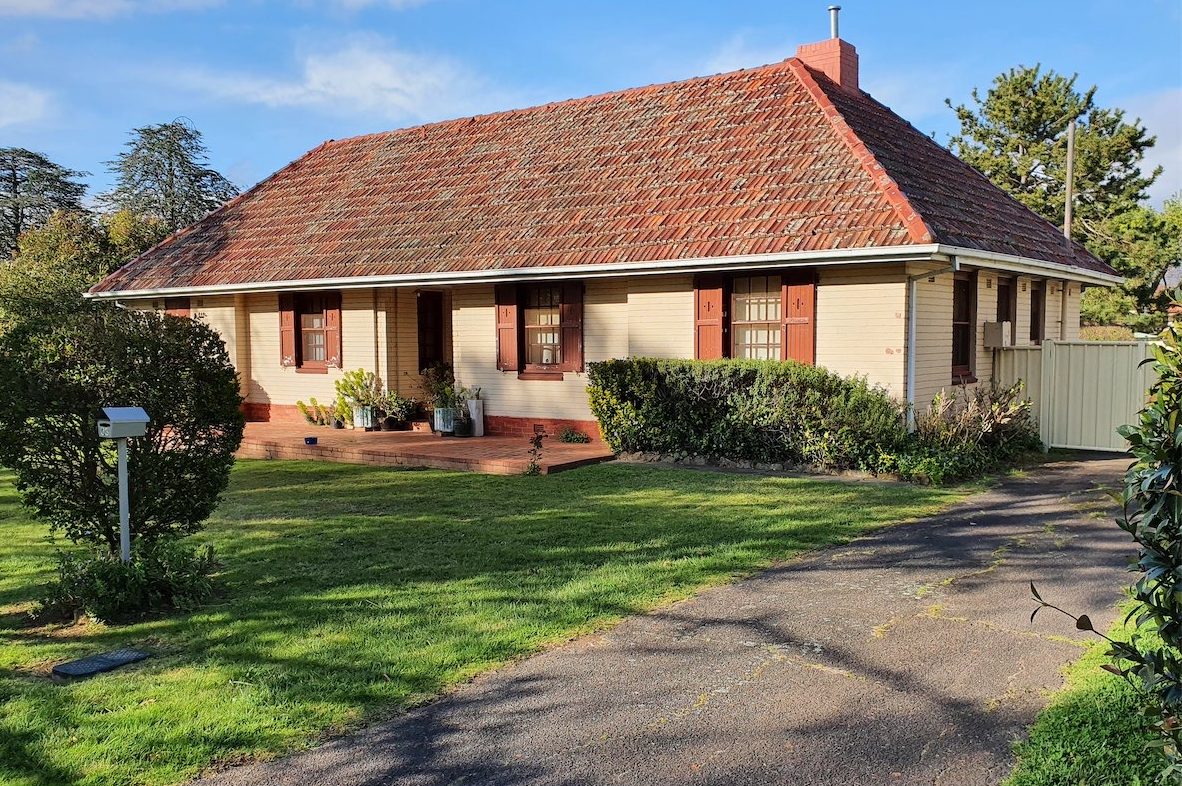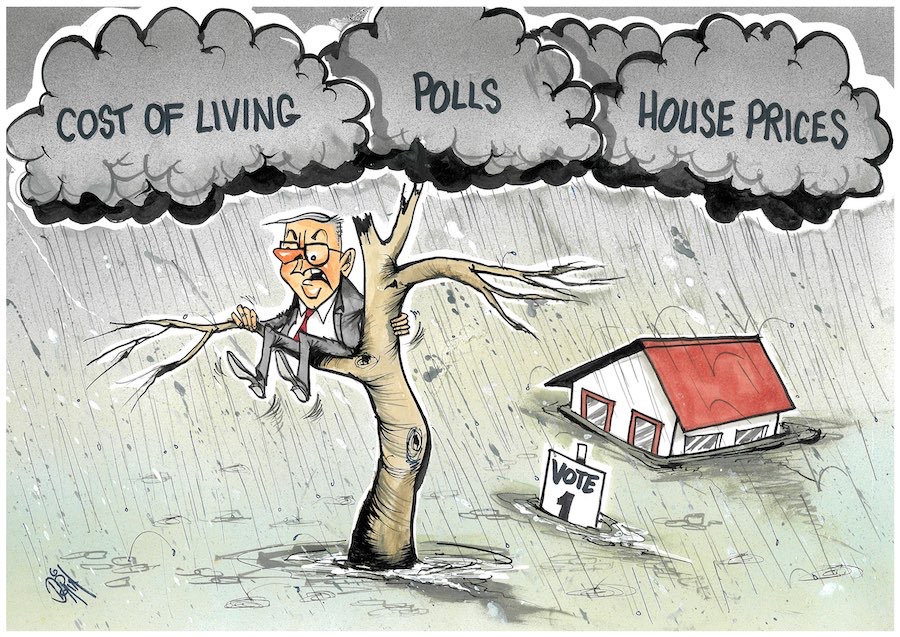
“The proposed social housing units for a Griffith site did not comply with the Australian Standard for Adaptable Housing, provided inadequate open space, lack of functionality and unworkable parking,” writes “Canberra Matters” columnist PAUL COSTIGAN.
GIVEN the latest line-up of Housing ACT development applications for sites in Griffith that were thrown out by the appeals tribunal, the question is who has taken responsibility for these defective proposals for social housing?

There has been a decade or more of these bureaucratic bungles.
Remarkably, the executives in the planning and housing bureaucracies have carried on with business as usual – submitting more of the same. They remain in their well-paid, comfortable jobs while the housing list continues to grow.
The latest of these decisions by the appeals tribunal assessed that the proposed housing units for a Griffith site did not comply with the Australian Standard for Adaptable Housing, provided inadequate open space, lack of functionality and unworkable parking.
The Griffith and Narrabundah Community Association, who successfully challenged the proposal, believes that prospective tenants should not have to live in sub-standard dwellings and that compliance with the standards should be dealt with when proposal is first assessed by the planning authority and not brushed aside to be dealt with “later”.
That “later” has been the habit of the authority to get approvals done. Stuff is approved with conditions. That is, the developers are allowed to adjust details later.
As the tribunal pointed out, those “later” adjustments have a knock-on effect to other specifications and no-one checks whether other details become non-compliant.
The cosy arrangement between Housing ACT and the planning chief has meant when approvals were examined by relevant community groups, such as happened with the Canberra YWCA social housing for the side of Bill Pye Park, easily identifiable flaws were identified.
In that case, the YWCA as the developer then called on the planning minister to override the tribunal’s evidenced-based decision to disallow the application. This development will be government-stamped unit-cramming, deemed good enough for social housing.
As with the social housing questioned by residents, the developers had not addressed the clear specifications as set out in the planning rules and within the relevant Australian Standards. Somehow the developer still got the nod from the planning authority.
Something is seriously wrong with governance within the directorate and the planning authority overseen by the current ACT planning chief.
Another matter is the planning authority’s habit to make variations to the planning rules in response to difficulties developers are having matching the rules. When that developer is also the ACT government through Housing ACT, the motivations of both agencies are called into question. Putting the top priority on why Housing ACT exists, being providing quality social housing, seems to have been forgotten.
Then there’s the nasty habit of Greenslabor ministers to gaslight residents when social-housing development applications fail.
To quote from a learned member of the Griffith Narrabundah group: “Minister Berry has complained about public-housing projects being delayed due to ‘frivolous or vexatious claims’.
“What Minister Berry should realise is that if anyone is frivolous or vexatious it is the ACT government, which is approving sub-standard development applications that treat public-housing tenants as second-class citizens. The YWCA proposal she recently referred to is a good example”.
While this resident’s group has served the community by watching out for fault-ridden, social-housing proposals in their suburb, there are many such developments going through the system that have not had the benefit of third-party scrutiny. Thinking about how many planning authority flawed approvals may have resulted in sub-standard dwellings is too shocking to contemplate.
The major issues are that fault-ridden approvals for social housing are being lodged by Housing ACT and that the chief planner’s planning authority is quietly allowing such work to go ahead. It should not be the job of residents’ groups and the appeals tribunal to identify these problems.
Senior bureaucrats are being paid heaps of money to do their jobs. Based on the nature of the knock backs by the appeals tribunal, these executives continue to under-perform.
As is happening at the federal level, questions are being asked about who these public-sector executives are working for? Is that the politicians of the day, being Greenslabor here in the ACT? Should they be primarily answerable to the people of this city, the residents. The latter is definitely not the case.
These matters need to be debated openly between now and the October 2024 ACT elections. Residents need to identify candidates with a priority on these crucial social housing and planning issues.
Who can be trusted?
In a world of spin and confusion, there’s never been a more important time to support independent journalism in Canberra.
If you trust our work online and want to enforce the power of independent voices, I invite you to make a small contribution.
Every dollar of support is invested back into our journalism to help keep citynews.com.au strong and free.
Thank you,
Ian Meikle, editor








Leave a Reply